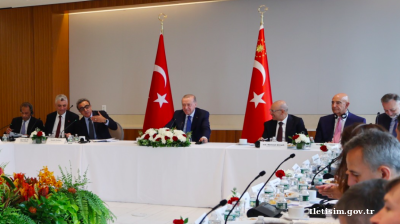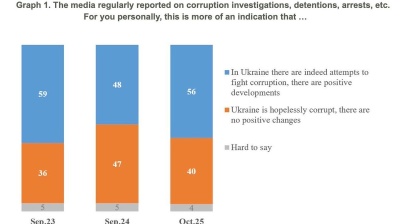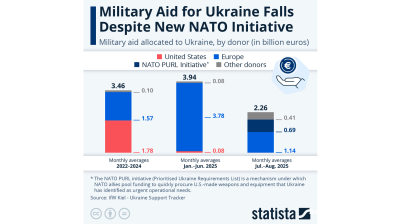Visitors to Southeast Europe’s main tourist destinations on the Adriatic and Black Seas are concentrated in the peak summer months of July and August, despite efforts to diversify their tourism offerings.
Data from the EU’s statistics office Eurostat shows the largest number of tourist overnight stays and arrivals took place in August, closely followed by July, in 2022.
While the seasonal pattern was observed in countries across the union, it was most pronounced in Croatia, with 60% of overnights spent in the two peak summer months.
Croatia was followed by Bulgaria, which has numerous resorts along its Black Sea coast, and Greece, with 48% and 43% respectively of nights spent in July and August.
Among the EU candidate countries of the Western Balkans, there was a similarly high concentration of nights spent in Albania and Montenegro, at 46% each.
The seasonal variation was least noticeable in Malta and Finland, with both countries recording 25% of the total. Germany followed closely behind with 26%.
Across the EU, the highest number of nights spent was recorded in August in 2022, 478mn nights, or 18% of the total. July came in a close second with 440mn nights (16%).
In contrast, January had the lowest percentage of nights spent with only 3% of the total, or 89mn, followed by February with 4%, or 111mn.
July and August also saw a significant number of arrivals, each contributing 14% of the total (127mn and 128mn arrivals respectively) to the total for 2022.
The increase in nights spent was more pronounced than the rise in arrivals, indicating that tourists tend to stay longer during these busier months, which likely aligns with their main holiday period. This trend intensifies the demand for accommodation during the summer season.
“Seasonality has always had a substantial impact on tourism, evident in the patterns of arrivals and nights spent at EU tourist accommodation establishments. During peak vacation times, tourist areas may face overcrowding and resource strain. Conversely, quieter periods can lead to underused facilities and job instability due to fluctuating demand,” Eurostat said.
Data

Chobani yoghurt king Hamdi Ulukaya becomes richest Turk
Knocks Murat Ulker into second place in Forbes ranking as his company's valuation leaps to $20bn.

Ukraine’s credibility crisis: corruption perception still haunts economic recovery
Despite an active reform narrative and growing international engagement, corruption remains the biggest drag on Ukraine’s economic credibility, according to a survey by the Kyiv International Institute of Sociology.

India’s retail payment revolution
India’s payments landscape has reached a pivotal stage, with digital transactions now accounting for 99.8% of all retail payments.

Military aid for Ukraine falls despite new Nato PURL initiative – Statista
The Kiel Institute for the World Economy found that military aid to Ukraine dropped sharply in July and August compared to previous months, despite the implementation of the Nato PURL initiative.




